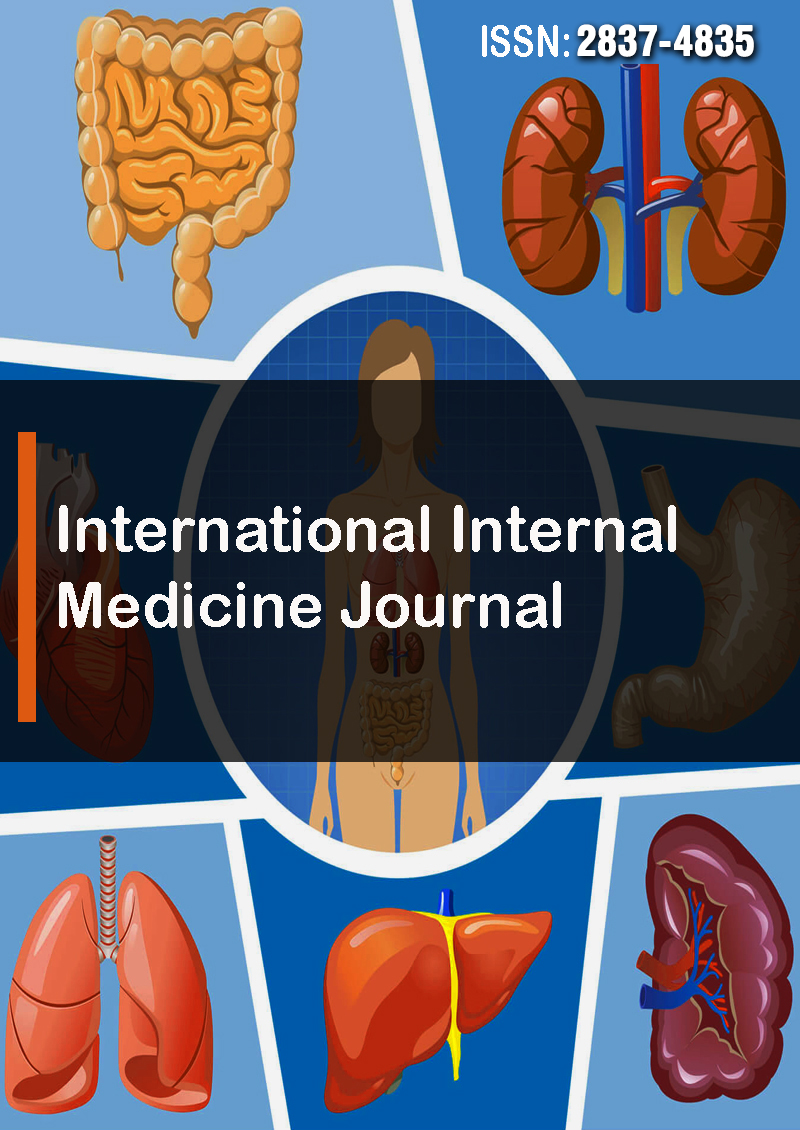Enhancing Olfactory Loss in COVID-19: The Impact of Body Position
Abstract
Shweta Kalita, Nikita Mehdiratta, Alan R. Hirsch
Objective: To understand that COVID-19-induced hyposmia may fluctuate with spatial position.
Introduction: COVID-19-induced hyposmia, exacerbated by supination, has yet to heretofore been described.
Methods: Case Study: A 52-year-old right-handed woman was ansate until two years before presentation when she de- veloped cold symptoms and sudden onset of loss of smell and taste, with a positive Reverse Transcription-Polymerase Chain Reaction test for COVID-19. Over three weeks, her smell and taste gradually returned to 85% of normal. She reported that her smell and taste would markedly worsen when she would lie down, to 30% of normal, but would improve with standing, moving, and sitting. Even reclining for a short nap would cause her sense of smell to drop, requiring her to stand for hours before her smell would recover, which caused her to fear sleeping and forced her to move around con- stantly. She markedly altered her lifestyle because of her fear of sleeping and assiduously avoided lying down: when so overwhelmed by tiredness that she must sleep, she would sleep sitting up.
Results: Chemosensory Testing: Olfaction: Brief Smell Identification Test: 9 (normosmia). Alcohol Sniff Test: 3 (anos- mia). Dirhinus amyl (pentyl) acetate Test: -7.0 (hyperosmia). Retronasal Olfaction: Retronasal Index: 8 (normosmia). Gustation: Phenylthiocarbamide Taste Test: 10 (normogeusia).
Discussion: Despite cerebral autoregulation, recumbency may function to decrease venous return, altering calcium con- centrations and hence olfactory ability. In the supine orientation, intrathoracic pressure increases, thus mimicking the Valsalva maneuver. This further increases intracranial pressure, decreases cerebral blood flow, and increases cerebral carbon dioxide. Perhaps this causes increased gamma-aminobutyric acid, an inhibitory neurotransmitter within the ol- factory bulb, which reduces associated olfactory ability. Peradventure assuming the supine position induces general relaxation and stage.
One sleep. Sleep reduces the intensity of perceptual experiences of all the senses, including the olfactory sense [1]. On the other hand, the supine and relaxed state may induce a positive effect. Based on Wolpe's reciprocal inhibition princi- ple, such a relaxed effect causes fear inhibition, whereby there cannot be coexistent simultaneous opposite emotions [2]. Since fear has been demonstrated to improve olfactory ability, assuming the supine position induces relaxation and thus reduces fear-induced increased olfactory ability (Yakov, 2013; Keedwel, 2005). On the other hand, assuming the supine position may induce a kinesthetic distraction, changing the focus of attention away from chemosensation to a change in position. Lying in the lateral decubitus position possibly causes a modification in the olfactory cycle with greater engorgement in the inferiorly situated nostril, which may have a lesser olfactory ability [1]. In those with olfactory defi- cits after COVID-19 or other conditions, a reduced olfactory ability with lying down may have significant health risks. Further investigation into the impact of position on those with olfactory deficits from all sources, including COVID-19, is warranted.



